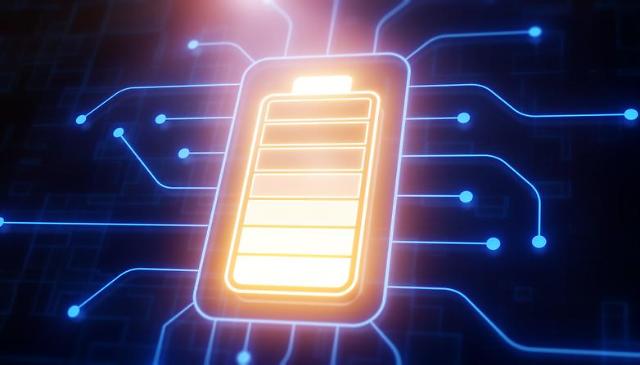
[Gettyimages Bank]
Sulfide-based solid-state batteries use lithium metal as anode material to enable higher battery energy density and safety characteristics than lithium-ion batteries. However, despite safe and strong energy characteristics, a sulfide-based battery has degradation problems caused by filaments growing out of anodes or the interphase in solid sulfide-based electrolytes. Such side reactions shorten the lifecycle of a battery.
To see if a sulfide-based battery is experiencing side reactions, a research team from the Ulsan National Institute of Science and Technology (UNIST) attached sensors on the battery for real-time monitoring, the institute said in a statement on September 7. As a result, the team was able to sort two different kinds of side reactions by analyzing pressure changes on the exterior of the battery.
When interphase takes place, the pressure inside the battery is reduced while the pressure increased during the growth of filaments. UNIST said its study proved that the pressure of commercialized sulfide-based solid-state batteries must be monitored using a sensor.
Copyright ⓒ Aju Press All rights reserved.




